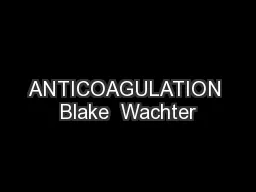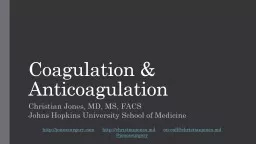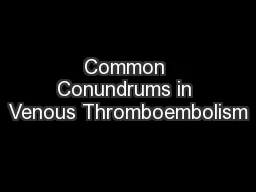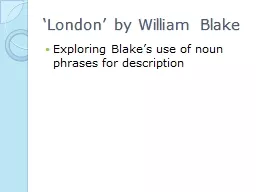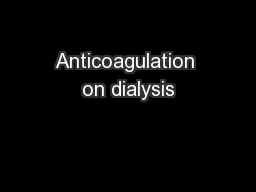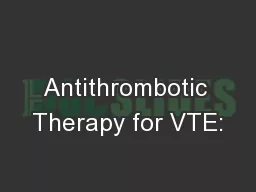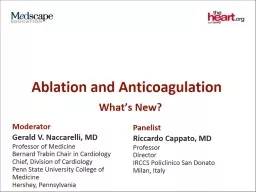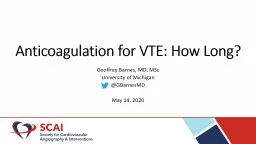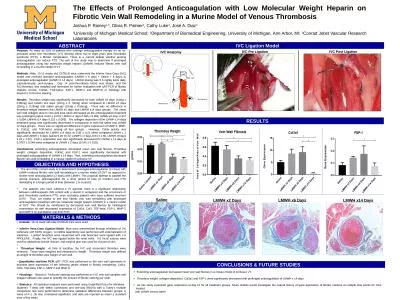PPT-ANTICOAGULATION Blake Wachter
Author : olivia-moreira | Published Date : 2018-02-26
MD PhD Monday Morning Conference Oct 4 2010 Rivaroxaban Dabigatran Classes Unfractionated heparin Direct thrombin inhibitors Low molecular weight heparins fondiparinux
Presentation Embed Code
Download Presentation
Download Presentation The PPT/PDF document "ANTICOAGULATION Blake Wachter" is the property of its rightful owner. Permission is granted to download and print the materials on this website for personal, non-commercial use only, and to display it on your personal computer provided you do not modify the materials and that you retain all copyright notices contained in the materials. By downloading content from our website, you accept the terms of this agreement.
ANTICOAGULATION Blake Wachter: Transcript
Download Rules Of Document
"ANTICOAGULATION Blake Wachter"The content belongs to its owner. You may download and print it for personal use, without modification, and keep all copyright notices. By downloading, you agree to these terms.
Related Documents

